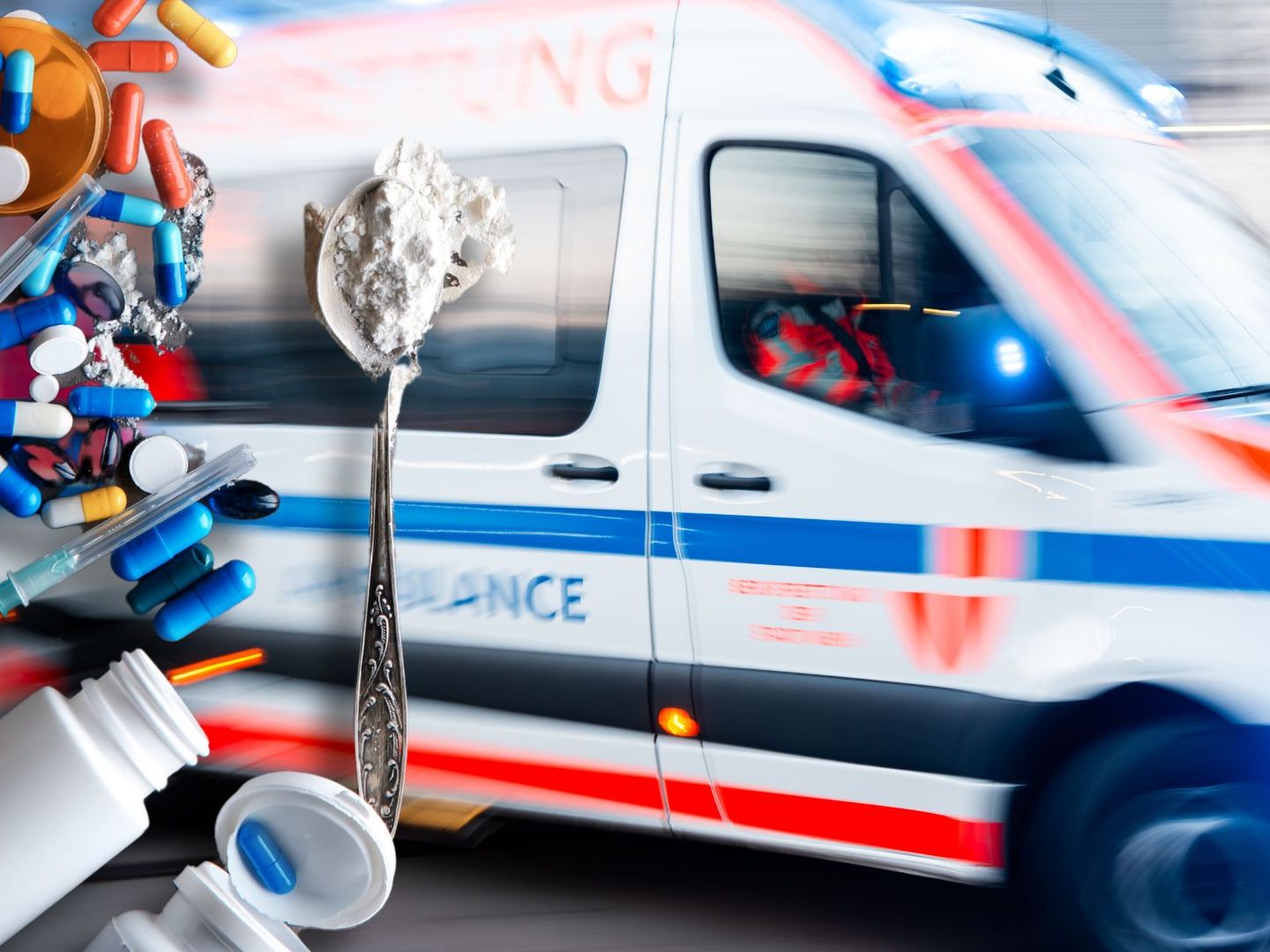Overdose: More and More Teenagers in Vienna End Up in Hospital

Almost 30 percent more drug emergencies occurred in 2024 in Vienna among those under 18. Overall, the number of rescue operations due to a drug overdose increased by around 15 percent compared to the previous year. This is shown by data provided by the responsible Magistrate Department 70 (MA 70) upon APA request for the rescue service in the federal capital. Especially among young patients, there is "a steady increase," according to Mario Krammel, chief physician of the professional rescue service.
Almost 30 Percent More Drug Emergencies Among Under 18s in Vienna
Over the past years, a continuous increase has been noticeable, it was said. Specifically, the numbers for patients under 18 years rose from 231 to 297, for adults from 2,224 to 2,512, and for persons with unknown age from 506 to 597 operations last year. Among adults, the increase is just below, and among patients without age verification just above the overall trend in this area. For medication-related intoxications, there were a total of 2,831 deployments, an increase of more than four percent, but with a decrease among those under 18 by more than seven and a half percent.
Mixed Intoxications "Sad Reality"
While here mainly application errors, but also intakes with suicidal intent make up the majority of operations, in the drug area "opiates are especially an issue, also in combination with party drugs like Liquid Ecstasy," according to Krammel to the APA, particularly among young patients. However, other forms of mixed intoxications have now become "often unfortunately a sad reality in the rescue service," said the emergency physician. Life-threatening situations are often imminent.
Krammel therefore advises laypeople to make an immediate emergency call via 144 if there is a corresponding suspicion in their own circle. "An employee in the control center then stays on the phone and tells you what to do individually until the colleagues arrive," said Krammel. Common symptoms are often clouding or loss of consciousness and breathing problems.
Data Interpretation According to Drug Coordinator Difficult
The coordinator for psychiatry, addiction, and drug issues of the city of Vienna, Ewald Lochner, said in response to an APA inquiry about the deployment statistics that calling the emergency services in such emergencies is "fundamentally very positive." However, the data does not allow conclusions about the number of users or whether they are reported residents of Vienna. Often, the place of residence is unknown, "which makes the interpretation of the numbers difficult," as Lochner stated.
Sometimes, young people and young adults lack risk awareness. The psychosocial challenges have also increased overall. "Additionally, analyses show that the substances are becoming increasingly potent."
Consumption Patterns Becoming Riskier
While consumption itself in Vienna, according to Lochner, remains at a relatively stable level, riskier consumption patterns - also in the area of prescription medications - and stronger substances are a growing trend. He mentioned tranquilizers like benzodiazepines - sedatives that are particularly popular among young people to be combined with other substances. The working group on benzodiazepines, established in spring 2024 - also following the drug-related death of a 14-year-old in Vienna-Simmering - is already incorporating its findings into existing education and early intervention efforts.
(APA/Red)
This article has been automatically translated, read the original article here.





